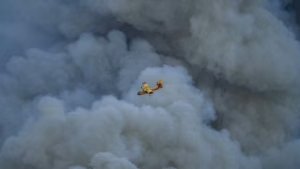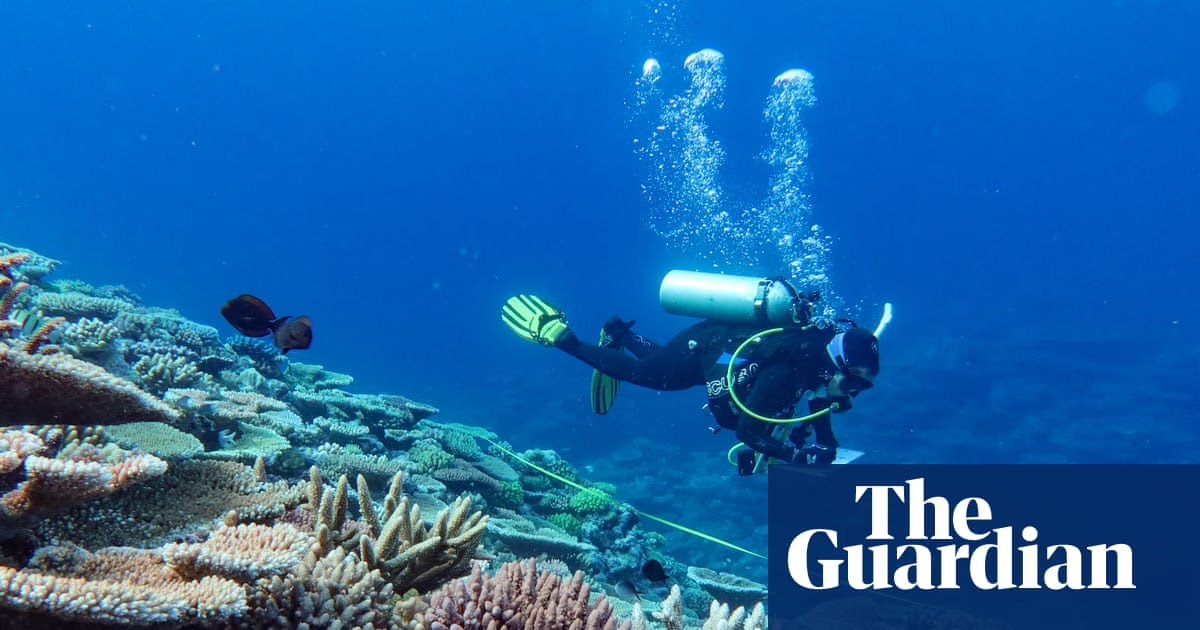The Great Barrier Reef has experienced the most significant decline in live coral coverage since 1986, as revealed by a new report. Scientists at the Australian Institute of Marine Science (Aims) have documented the devastating impacts of the early 2024 mass coral bleaching event, which is the most widespread and severe on record for the Great Barrier Reef.
In the months that followed the bleaching event, scientists observed a “graveyard of corals” around Lizard Island in the north and a study recorded the death of 40% of corals at One Tree Island in the south. Aims has been conducting annual in-water surveys of the world’s largest reef system since 1986, evaluating the health and extent of corals.
The survey report found that coral cover fell by 25% in the reef’s northern section due to bleaching, two cyclones, and associated flooding. In the southern section, coral cover had fallen by 30%. The northern and southern zones suffered the highest annual drops on record. Coral cover fell by 13% in the central section, which had avoided the worst of the heat in 2024.
Dr. Mike Emslie, who leads the long-term reef monitoring program at Aims, stated that coral cover was becoming more volatile and emphasized the need to mitigate the root causes of the problem and stabilize temperatures to prevent further damage.
The Aims report comes as the federal government prepares to reveal its emissions reduction target for 2035. Dr. Emslie emphasized the importance of setting a target consistent with limiting global temperature increase to 1.5C to address the threats facing the reef.
Source: https://www.theguardian.com/environment/2025/aug/05/great-barrier-reef-suffers-biggest-annual-drop-in-live-coral-since-1980s-after-devastating-coral-bleaching








